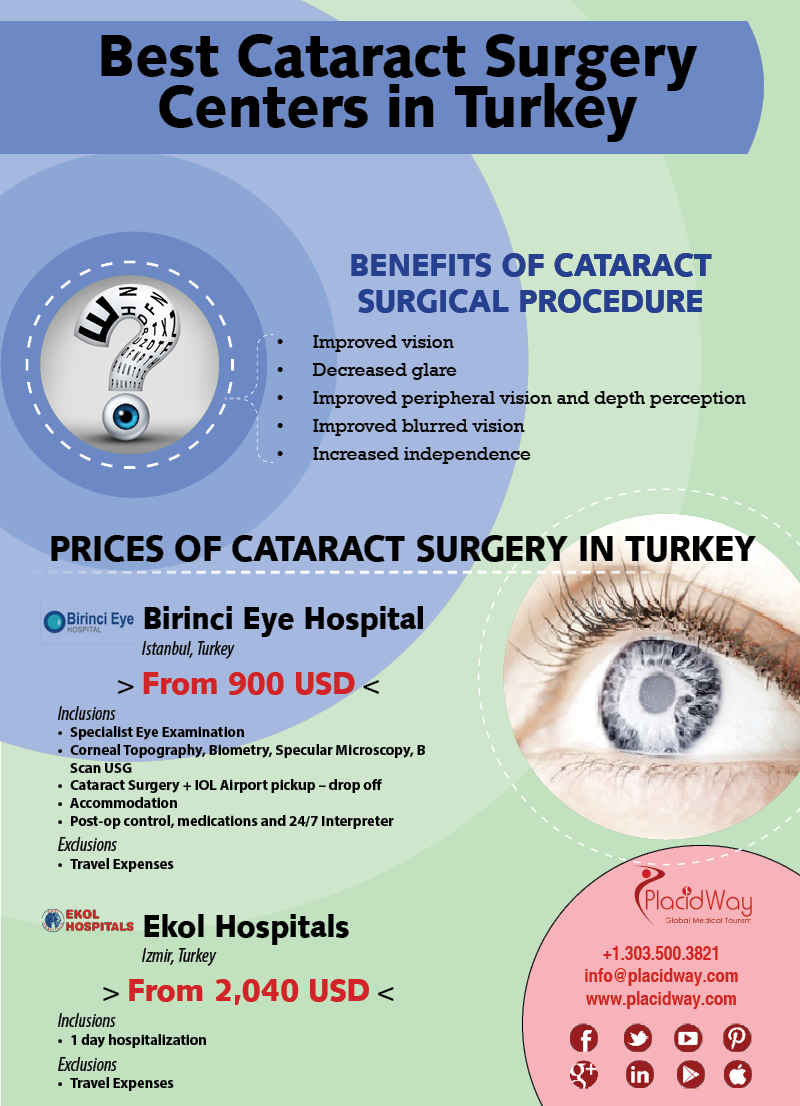Contrasting Conventional And Modern Approaches To Treating Glaucoma
Contrasting Conventional And Modern Approaches To Treating Glaucoma
Blog Article
Authored By-Hartvig Panduro
Did you understand that the development of glaucoma treatment methods covers centuries, encompassing both typical solutions and sophisticated developments? From ancient herbal mixtures to innovative Minimally Invasive Glaucoma Surgery strategies, the range of alternatives is large. As you delve into the ins and outs of traditional versus ingenious techniques, you may uncover unusual understandings that test standard perspectives on treating this common eye condition.
Historical Advancement of Glaucoma Treatments
The historical advancement of glaucoma therapies dates back to ancient worlds where various solutions were used to manage the condition. In ancient Egypt, as an example, therapies included a blend of honey, fat, and sour milk related to the eyes. The Greeks and Romans additionally contributed to early glaucoma treatments with a focus on topical applications and dietary interventions. Throughout background, diverse societies created distinct techniques to minimize the signs and symptoms of glaucoma, typically rooted in natural solutions and superstitious notions.
As https://www.verywellhealth.com/how-to-prepare-for-lasik-eye-surgery-3421955 progressed, developments in clinical expertise led to even more systematic strategies to dealing with glaucoma. In the Middle Ages, Arabic scholars made substantial contributions by researching the makeup of the eye and developing medical methods to deal with eye problems. These early innovations laid the structure for modern glaucoma therapies that we've today. Recognizing the historical context of glaucoma therapies offers important understandings into the constant development and refinement of medical practices over the centuries.
Contrast of Standard Techniques
In contrasting standard techniques for treating glaucoma, consider the historic contexts and performance of numerous treatments.
Conventional therapies for glaucoma have actually developed over centuries, from ancient methods like making use of honey and white wine to a lot more current innovations such as eye declines and surgical procedures. Historically, treatments like the application of leeches or natural concoctions were made use of to reduce symptoms, yet their efficiency was limited.
As How Much Is Lasic advanced, strategies like iridectomy, where a part of the iris is removed, came to be preferred for reducing intraocular pressure. Some conventional techniques, like utilizing dental medicines to lower eye stress, have stood the test of time and are still made use of today. Nevertheless, these treatments commonly come with negative effects and may not be as reliable as contemporary alternatives.
It's necessary to weigh the historical significance of typical glaucoma therapies versus their efficiency in the context of existing clinical advancements.
Analysis of Ingenious Treatment Methods
Thinking about the progressing landscape of glaucoma treatment, cutting-edge approaches are transforming the way this eye condition is handled.
One noteworthy development is minimally invasive glaucoma surgery (MIGS), which supplies a much less intrusive alternative to standard surgeries. MIGS aims to lower intraocular pressure by enhancing the eye's all-natural drain system, resulting in less difficulties and faster recovery times compared to standard surgical treatments.
Additionally, the development of sustained-release medication delivery systems has actually provided a much more efficient way to carry out glaucoma medication. These systems can release medication gradually over an extended period, enhancing client adherence and lowering the frequency of eye declines.
Furthermore, emerging modern technologies like discerning laser trabeculoplasty (SLT) provide a non-invasive option for lowering intraocular stress by targeting specific cells in the eye's drainage system.
Conclusion
As you reflect on the development of glaucoma treatments, you can see how typical techniques have paved the way for ingenious strategies to emerge.
From ancient remedies to contemporary improvements, the journey of treating this complex eye condition has actually resembled a rollercoaster adventure.
But with new techniques like MIGS and sustained-release medication distribution, the future looks brighter than ever for patients looking for reliable and much less invasive options.
